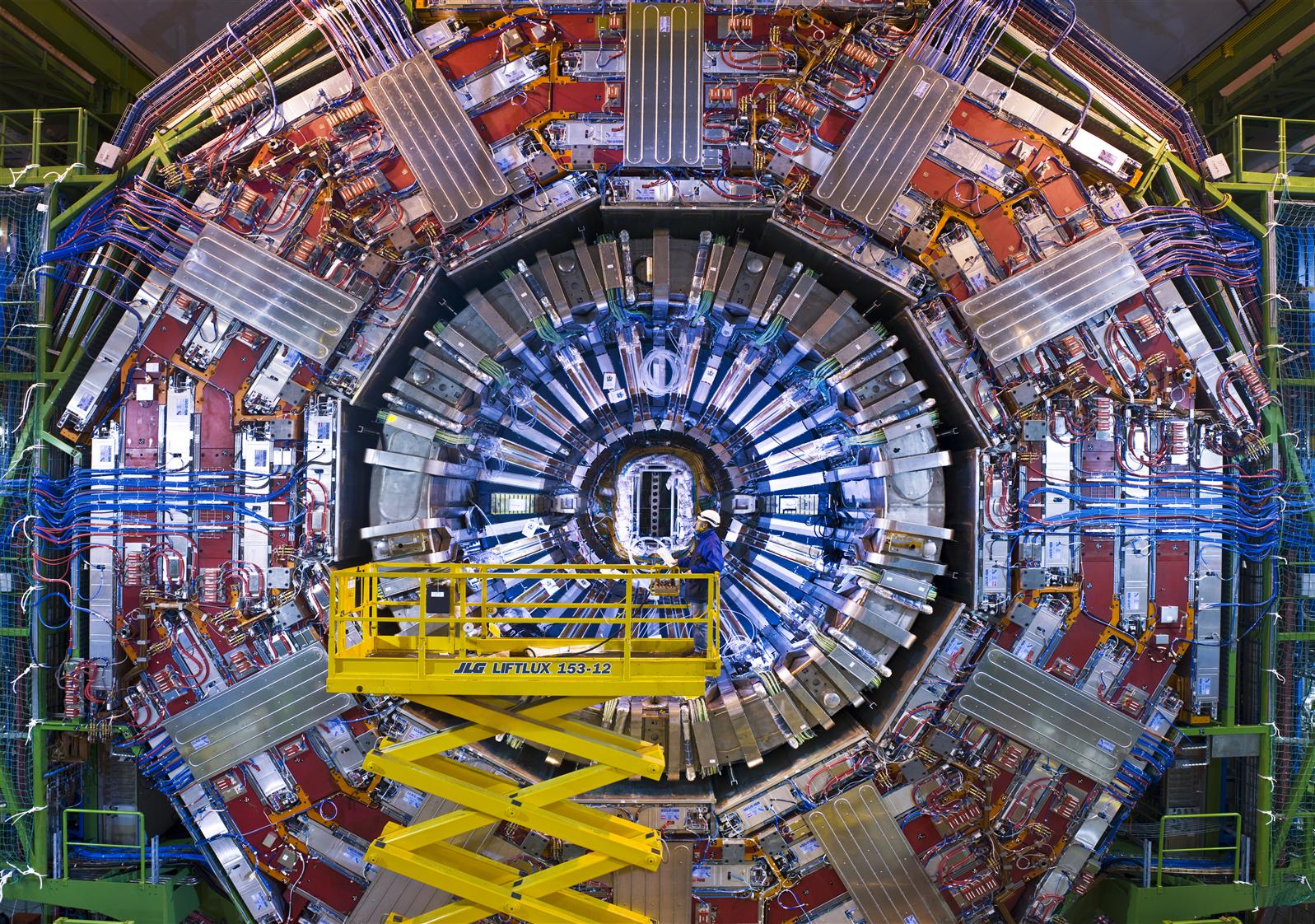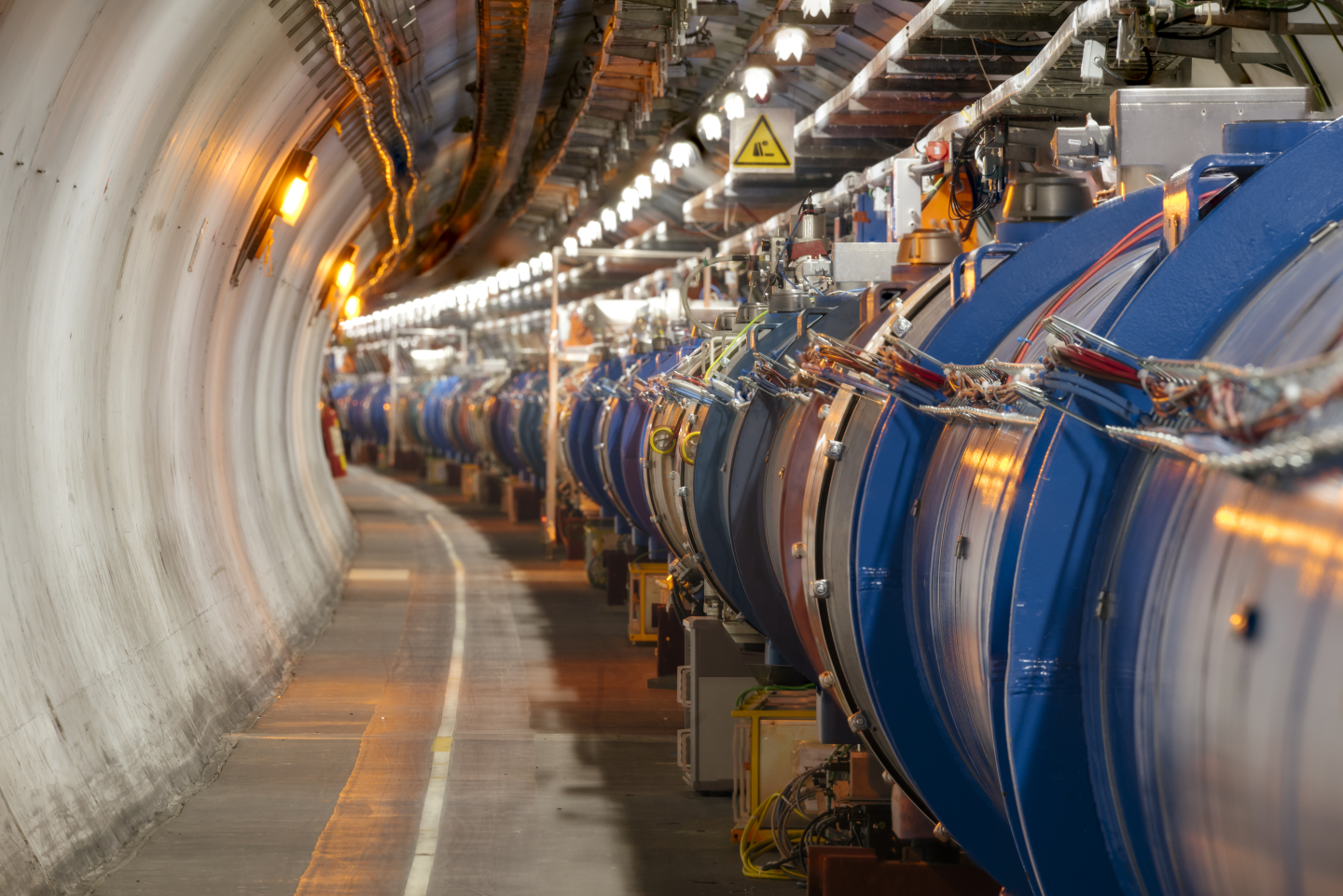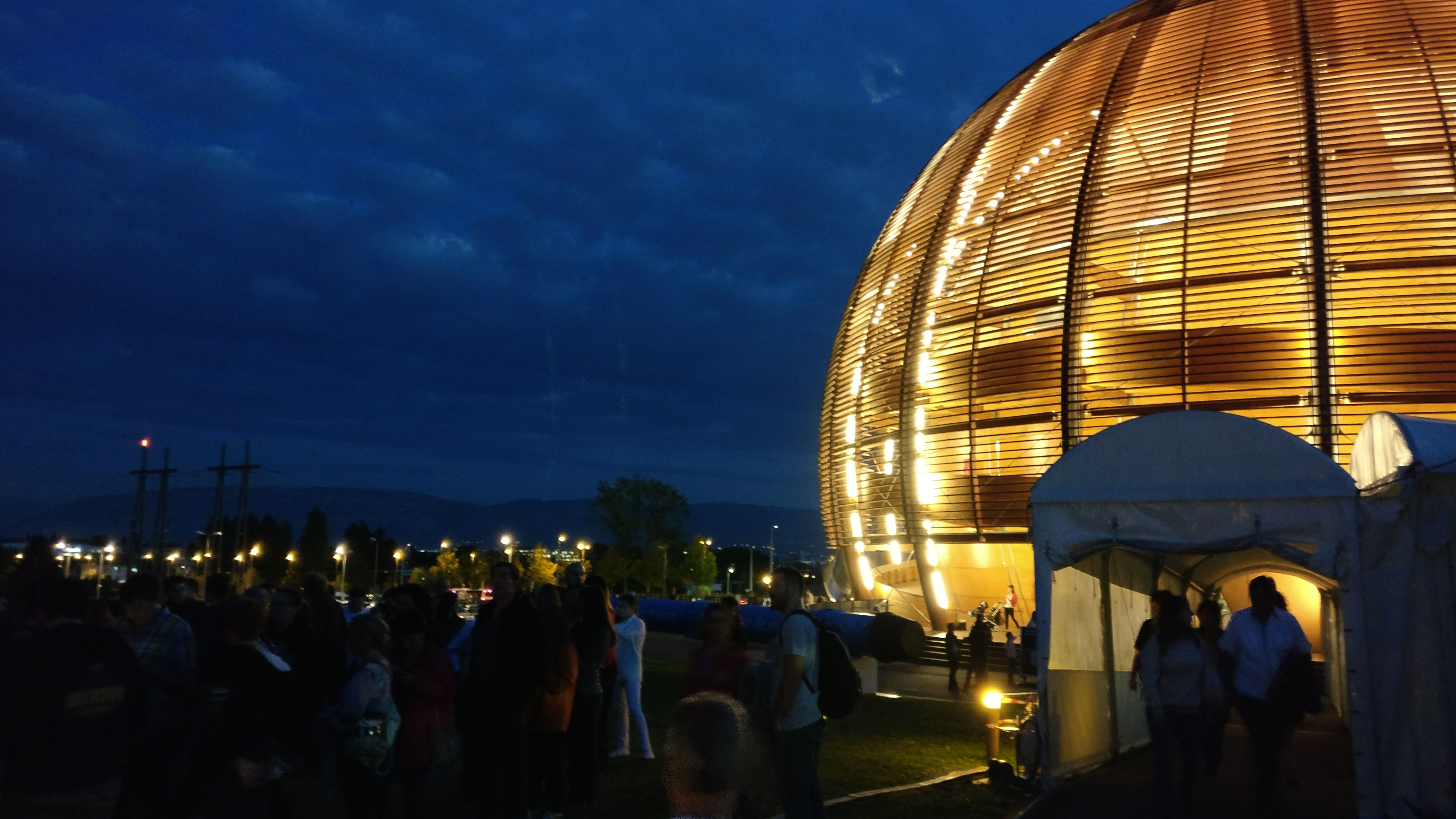It is predicted a two years break for the CERN particle accelerator of Geneva, the biggest one in the world: the Large Hadron Collider (LHC).
Like programmed, is been stopped the data collection. The long break takes the name of Long Shutdown 2 or LS2, during which will take place the modernisation of the machine.

The CERN is the european organization for the nuclear research and, one more time, is been announced a new break that will be about two years long. The decision is been taken after the test about the chip Intel Myriad 2.
It is a test that wanted to understand if the chip was suitable for a space mission, situation on which the radiation’s exposition is essentially important.
The chip Intel Myriad 2
The chip Intel Myriad 2 was studied by the CERN at the as high as possible radiations available on the planet Earth. This because the European Space Agency (ESA) has the purpose to use the chip for the analysis of the onboard images.
The chip is able to autonomously calculate the distance of an object and the speed on which it moves, so to catch images with higher precision and, especially, higher quality.
By the way, this is only the main innovation that the chip could introduce in the spacial mission’s world, explains Gianluca Furano of the ESA, becuase it isn’t to understimate the possibility that a more performing chip could allow the installation of a more powerfull hardware on the most important machines in the space.
The test on the chip
The test made on the Intel Myriad 2 chip to understand the strainghten to the radiations consists to expose it to a ray of ion launched at really high energy and really heavy.
All of it was possible thanks to the project R2E (Radiation to Electronics) of the CERN: one of the first interesting collaboration between the CERN and the ESA, where the nuclear research center serves the european aerospace research.

The LHC’s support
The SPD is the second one for size between the particle accelerators owned by the CERN. The first one is the LHC, acronym that means Large Hadron Collider.
This machine helped the CERN to find the Higgs boson, the elementar, massive and scale boson teorized in the 1964 and releaved for the first time in the 2012 thanks right to the experiments made with the accelerator LHC of the CERN.
This machine now will be stuck for two years.
Besides to the Higgs boson, thanks to the LHC is been made even a large kind of results and hundreds of scientific articles, first of all the high precision measurement of the boson W mass, discovered by Carlo Rubbia and Simon Van Der Meer in the 1984 and for this they received the Nobel.
Furthermore, are been discovered exotic particles thanks to the experiment LHCb, like the Pentaguark, besides to the revelation of phenomenoms not observed yet in the collisions lead – lead.
It is a needed break to make maintenance and upgrade, which takes place at the end of the second cycle of operation of the LHC, which started in the 2015.
Like explained in the press release of the CERN, they made almost 16 millions of collision between protons with 13 TeV energy. The datas made by those experiments pass the 300 PB (PetaByte). They were essential analysis to improve what we know about the physical of the Universe.
Upgrade of the LHC
To be implemented will be many components of the accelerator. The Linac 2 accelerator will be infact replaced by the Linac 4. A new system of injection and acceleration is predicted for the Proton Synchrotron Booster.
So, starting from the 6 a.m. of the 3th December of the 2018 the CERN’s operators switched off the Large Hadron Collider (LHC).
After four years of intensive activity it is the moment of a technological upgrade thanks to which the scientific research in the nuclear field will take an important and undeniable benefit.
This post is also available in:


